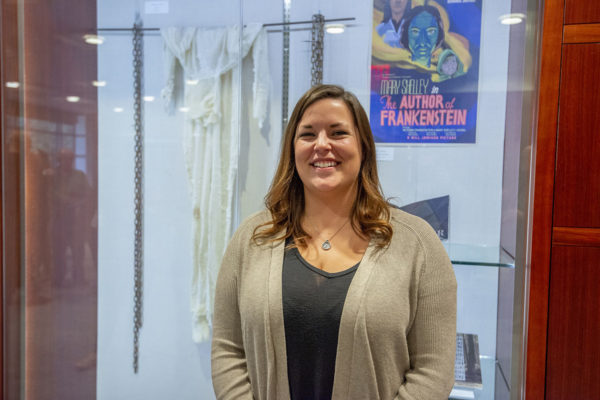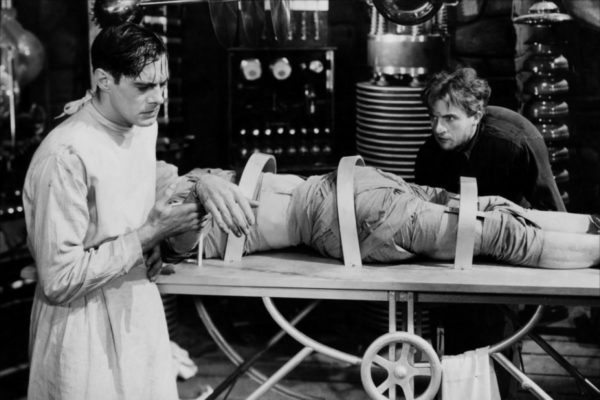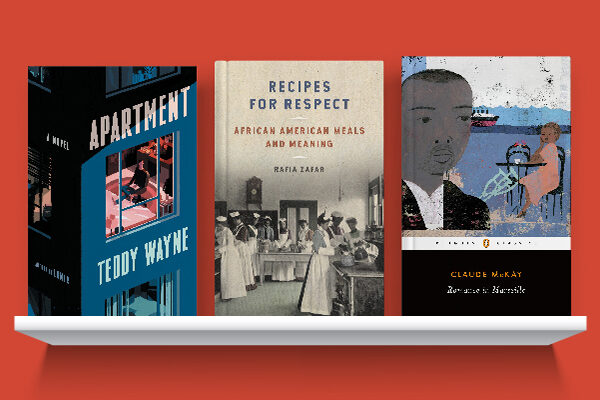Ira Kodner, emeritus professor of surgery in the School of Medicine and founder and former director of the Center for the Study of Ethics and Human Values, has been working for many years to teach medical ethics to young residents and medical school students. When he was asked to give a lecture about Frankenstein a few years ago, he saw an immediate connection between the topic of ethics and the novel by Mary Shelley.
“It’s as if this young woman, just 19 years old when she wrote Frankenstein, understood what was ahead for medicine and society,” Kodner said in Outlook magazine in 2007. Here he talks about how Dr. Frankenstein’s obsession with science that led to creating a monster still resonates today.
How does Frankenstein relate to ethics in science?
Frankenstein as a scientist crossed the threshold of becoming obsessed with what he was doing and what his work was. And he no longer looked at what the impact of it was going to be and what the risk was going to be. So, when he took on creating life, he didn’t deal with the ethical, moral and the scientific issues of accomplishing what he set out to do.
Is this a problem for young doctors?
I, as a clinician, got started being interested in ethics, and thought that as a physician, my colleagues and I would be subject to breaches in ethics. But then, as I became involved with the scientific part, I realized that the people who are really vulnerable are the scientists, especially the young scientists. My colleagues and I in clinical medicine always knew if things got too stressful, we could leave the academic arena and take care of sick folks and be perfectly content. When one chooses a scientific-academic career, that individual has to prove himself or herself every step of the way. It is an individual thing. Every thing that they do, everything that they contemplate has to relate to their individual scientific career; and that makes them vulnerable.
What are some examples?
I use as example the case of Baby Fay. This was a child born with severe congenital heart disease, at Loma Linda Medical Center in California. She had a transplant of a baboon heart and died. It raises ethical issues, such as informed consent and the vulnerability of people who are giving consent. Who could be more vulnerable than young parents watching their child die? And yet the science was terrible. It never went forward. So this is a modern example. But Mary Shelley dealt with these via the contemplations of Dr. Frankenstein when he created a creature from dead tissue.


